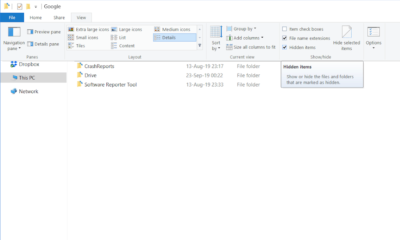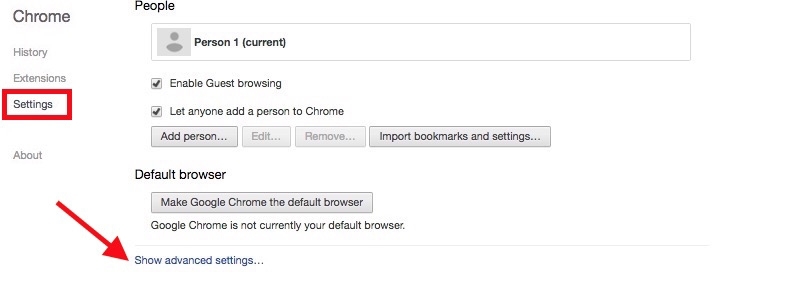
#Chrome default folder x mac os x
Android File Transfer is compatible with Mac OS X 10.5 or later and Android 3.0 or later.
#Chrome default folder x install
To transfer files, you must install Android File Transfer on the computer. To connect the device to a computer running Mac OS X:


#Chrome default folder x windows
You cannot upload a revalidated SRF to Android devices, iPads, or Chromebooks, even if the student originally tested on one of these devices. You can only upload this file and resume a student's test session on a computer running Windows or Mac OS X.

Occasionally, after reviewing an SRF, Pearson Support revalidates the SRF and sends it back to a customer for re-upload so that the student can resume testing. TestNav saves SRF and log files in different locations depending on the operating system and platform. When a student encounters an error, most often you must locate these files to recover student responses. When the network is not functioning normally, and a student's testing device cannot transmit responses to the Pearson server, TestNav saves the student's responses to the SRF. When the network is functioning normally, TestNav sends student responses to the Pearson testing server while the student tests. This process automatically occurs without additional installation or action. If the system cannot transmit the response, the student is exited from the test, and the student can resume testing at a later time, without losing the saved response. In some scenarios, TestNav allows the student to click Retry within an error message to try submitting the response again. TestNav saves student responses to a local, encrypted backup file called an SRF when it cannot communicate with the Pearson server.


 0 kommentar(er)
0 kommentar(er)
